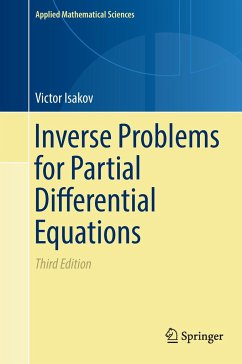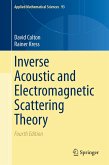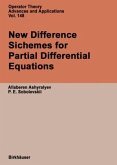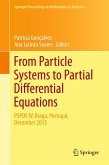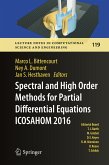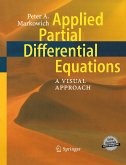This third edition expands upon the earlier edition by adding nearly 40 pages of new material reflecting the analytical and numerical progress in inverse problems in last 10 years. As in the second edition, the emphasis is on new ideas and methods rather than technical improvements. These new ideas include use of the stationary phase method in the two-dimensional elliptic problems and of multi frequenciestemporal data to improve stability and numerical resolution. There are also numerous corrections and improvements of the exposition throughout.
This book is intended for mathematicians working with partial differential equations and their applications, physicists, geophysicists, and financial, electrical, and mechanical engineers involved with nondestructive evaluation, seismic exploration, remote sensing, and various kinds of tomography.
Review of the second edition:
"The first edition of this excellent book appeared in 1998 and became a standard reference for everyone interested in analysis and numerics of inverse problems in partial differential equations. ... The second edition is considerably expanded and reflects important recent developments in the field ... . Some of the research problems from the first edition have been solved ... ." (Johannes Elschner, Zentralblatt MATH, Vol. 1092 (18), 2006)
This book is intended for mathematicians working with partial differential equations and their applications, physicists, geophysicists, and financial, electrical, and mechanical engineers involved with nondestructive evaluation, seismic exploration, remote sensing, and various kinds of tomography.
Review of the second edition:
"The first edition of this excellent book appeared in 1998 and became a standard reference for everyone interested in analysis and numerics of inverse problems in partial differential equations. ... The second edition is considerably expanded and reflects important recent developments in the field ... . Some of the research problems from the first edition have been solved ... ." (Johannes Elschner, Zentralblatt MATH, Vol. 1092 (18), 2006)
"The book in its present third edition thus continues to serve as a valuable introduction and reference work on the contemporary analytical and numerical methods for treating inverse problems for PDE and it will guide its readers straight to forefront of current mathematical research questions in this field." (Aleksandar Perovic, zbMATH, Vol. 1366.65087, 2017)

